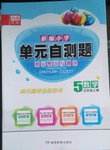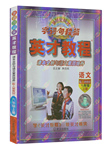题目内容
She_______ Japanese when she was in Japan. Now she can speak it freely.
A. picked out B. picked upC. made out D. made up
练习册系列答案
 新编小学单元自测题系列答案
新编小学单元自测题系列答案 字词句段篇系列答案
字词句段篇系列答案
相关题目
题目内容
She_______ Japanese when she was in Japan. Now she can speak it freely.
A. picked out B. picked upC. made out D. made up
 新编小学单元自测题系列答案
新编小学单元自测题系列答案 字词句段篇系列答案
字词句段篇系列答案